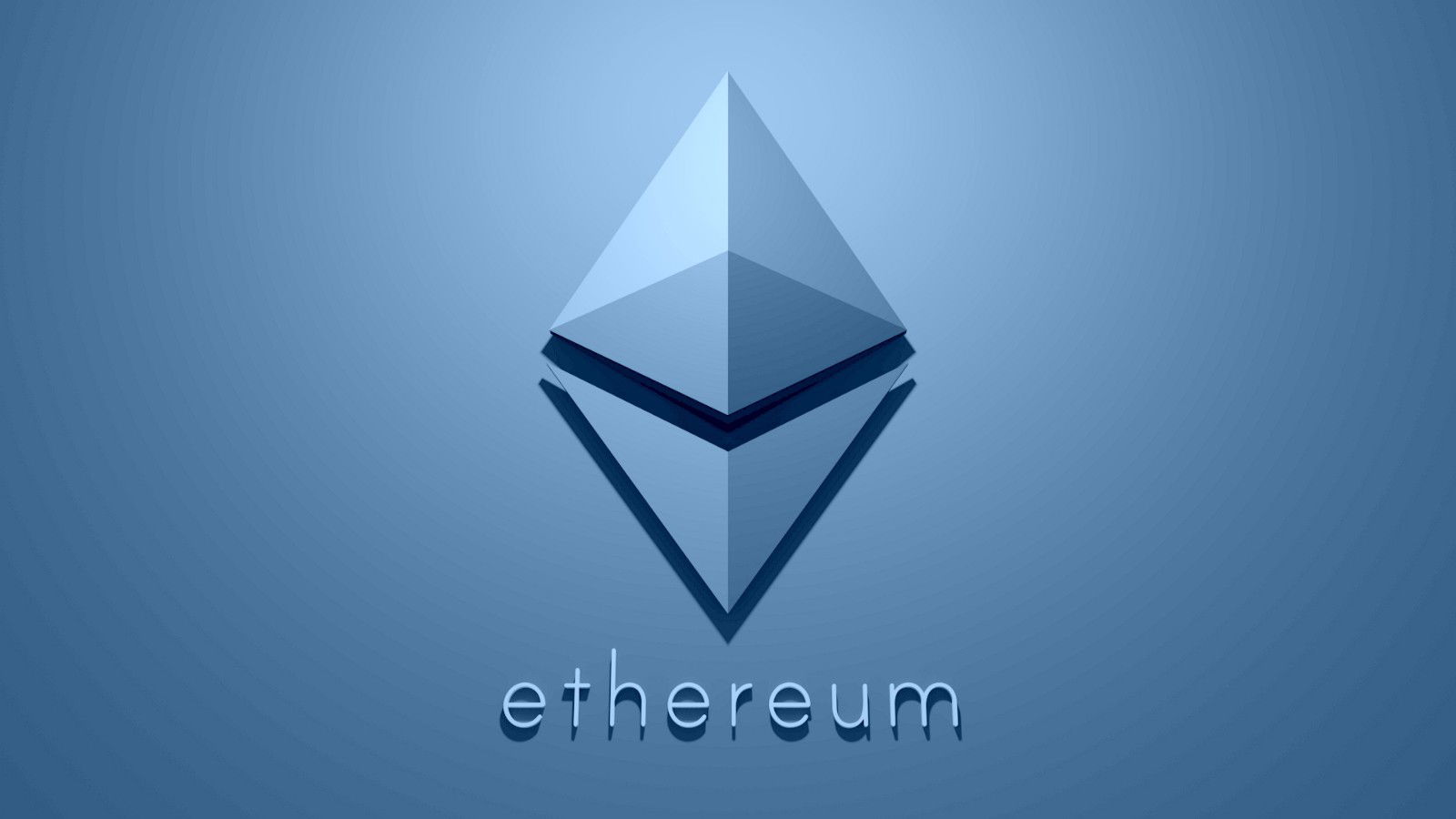In the ever-evolving landscape of digital assets, Non-Fungible Tokens (NFTs) have emerged as a revolutionary and captivating phenomenon. These unique digital assets have transformed the way we perceive ownership, art, and even the concept of value in the virtual world. In this comprehensive guide, we’ll delve into the intricacies of NFTs, exploring what they are, how they work, their applications, and the impact they’ve had on various industries.
What are NFTs?
Non-Fungible Tokens, or NFTs, are digital assets that represent ownership or proof of authenticity of a unique item or piece of content using blockchain technology. Unlike cryptocurrencies such as Bitcoin or Ethereum, which are fungible and interchangeable, each NFT is distinct and cannot be replicated or exchanged on a one-to-one basis.
How NFTs Work
NFTs are built on blockchain technology, commonly utilizing platforms like Ethereum, Binance Smart Chain, or others that support the creation and trading of these tokens. Each NFT contains metadata that specifies its uniqueness, ownership details, and any associated content or rights. This information is securely stored and verified on the blockchain, providing a transparent and immutable record of ownership.
Applications of NFTs
Art and Collectibles
One of the most prominent applications of NFTs is in the art world. Digital artists, illustrators, musicians, and creators can tokenize their work as NFTs, allowing them to retain ownership and sell these digital assets directly to collectors. This has democratized the art market, providing new opportunities for creators and redefining the concept of digital ownership.
Gaming and Virtual Realms
NFTs have also found significant use in the gaming industry, enabling players to own unique in-game items, characters, or assets. This introduces a new level of ownership and value within virtual gaming worlds, fostering an economy where digital assets can be bought, sold, and traded outside of the gaming platform.
Real Estate and Tokenization
Beyond art and gaming, NFTs have started to impact the real estate industry. Properties can be tokenized, allowing for fractional ownership and easier transfer of ownership through NFTs. This innovation has the potential to revolutionize traditional real estate markets by increasing liquidity and accessibility.
Criticisms and Challenges
Despite their rapid rise, NFTs have faced criticisms and challenges. Environmental concerns related to the energy consumption of blockchain networks, issues of copyright and intellectual property, market volatility, and the speculative nature of some NFT investments are among the concerns raised by critics.
The Future of NFTs
Looking ahead, the potential applications of NFTs seem vast and diverse. As technology evolves and adoption increases, we might witness further integration of NFTs into various industries, potentially revolutionizing how we perceive ownership, authenticity, and value in the digital realm.
Conclusion
NFTs represent a paradigm shift in the digital landscape, offering unique opportunities for creators, collectors, investors, and industries alike. While their impact continues to unfold, understanding the fundamental concepts behind NFTs is crucial for anyone interested in exploring the potential of these innovative digital assets. Whether it’s art, gaming, real estate, or beyond, NFTs are reshaping the way we interact with and perceive digital ownership in the 21st century.





